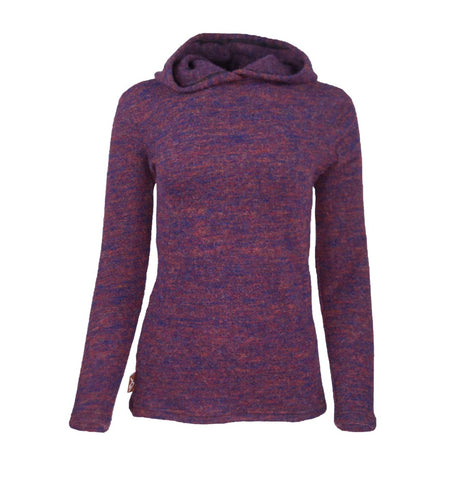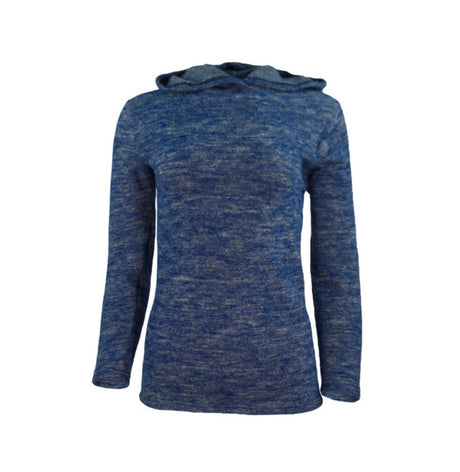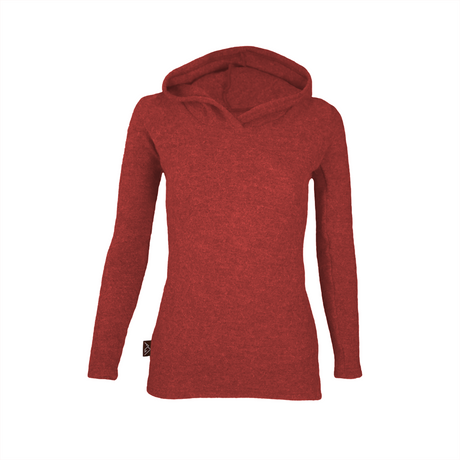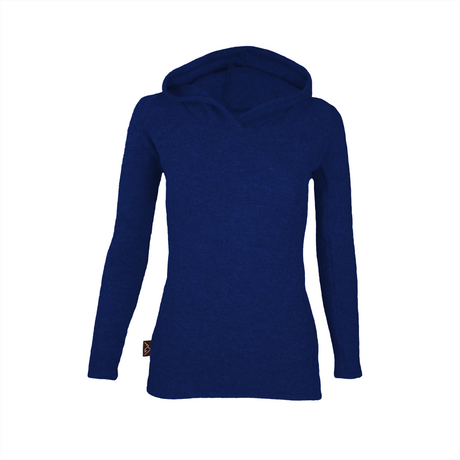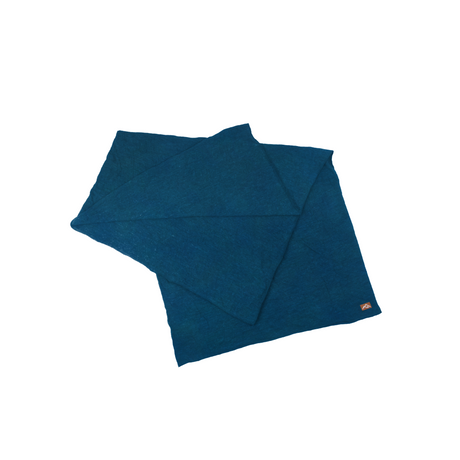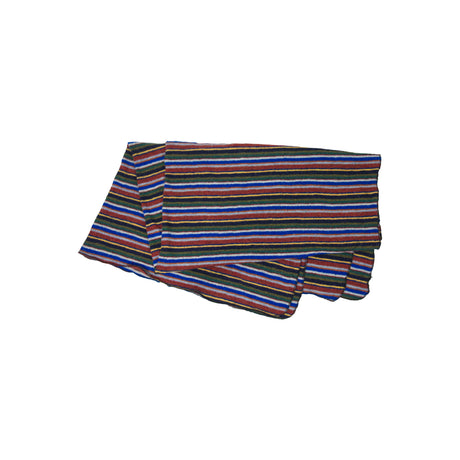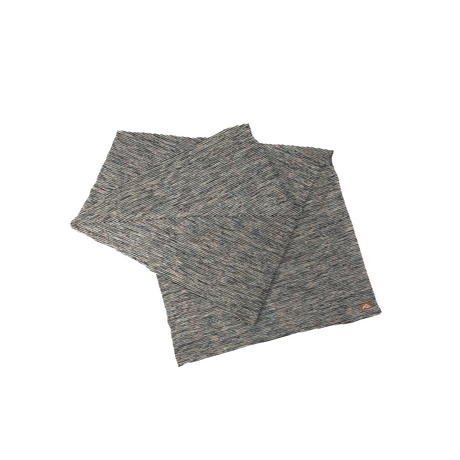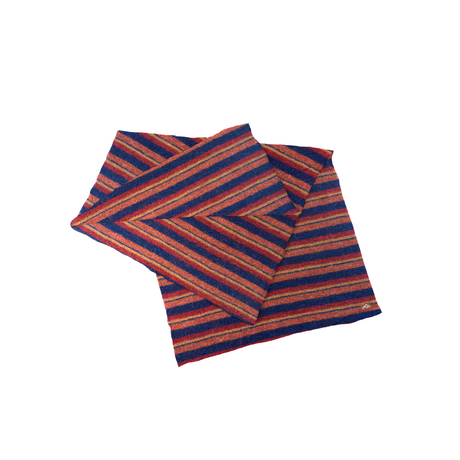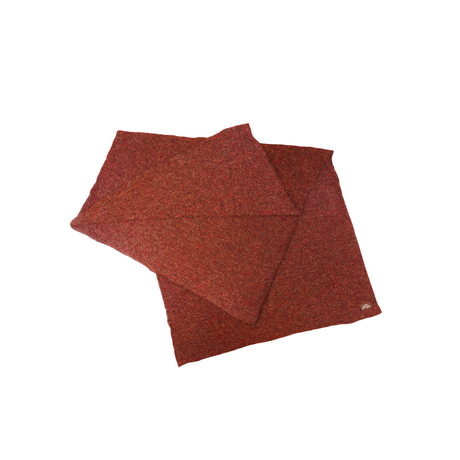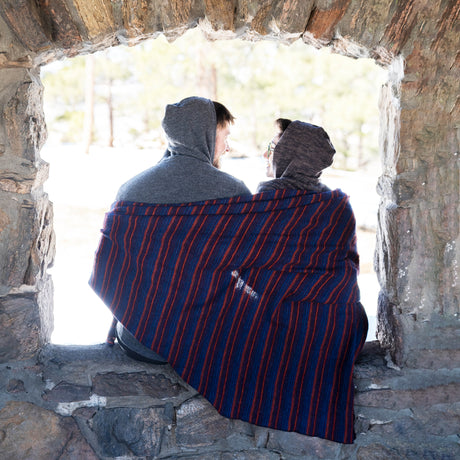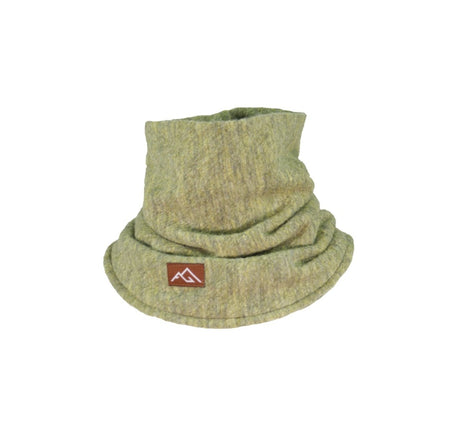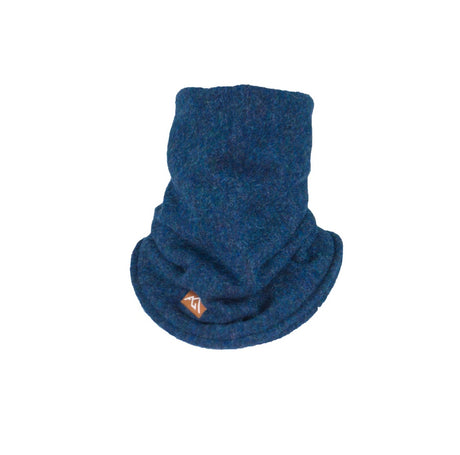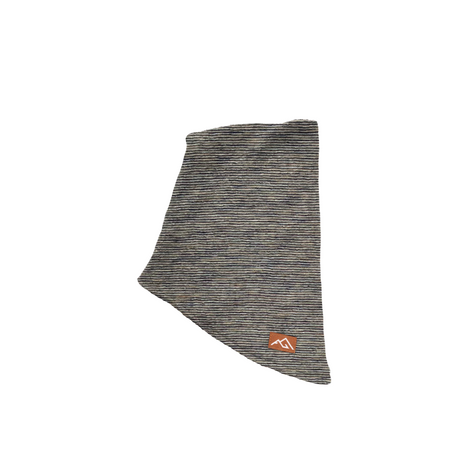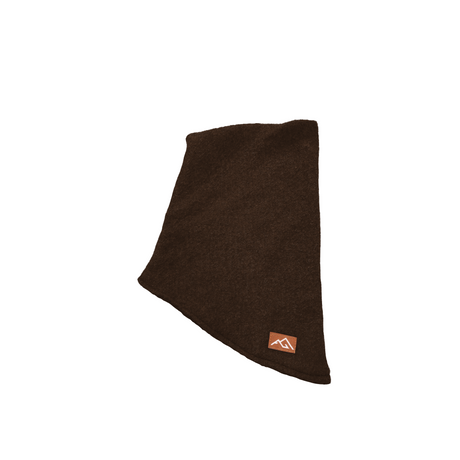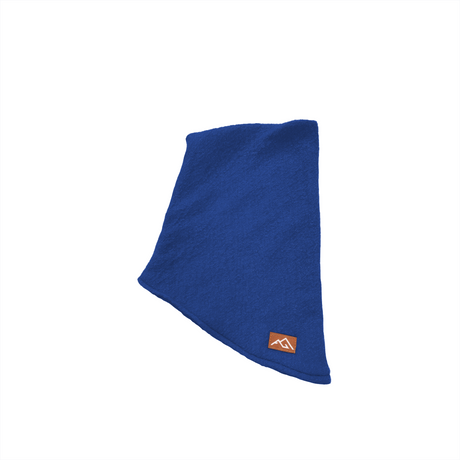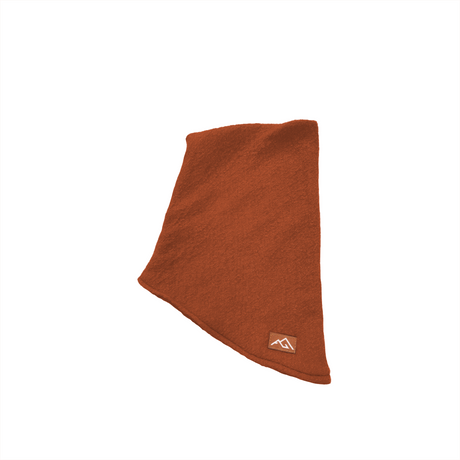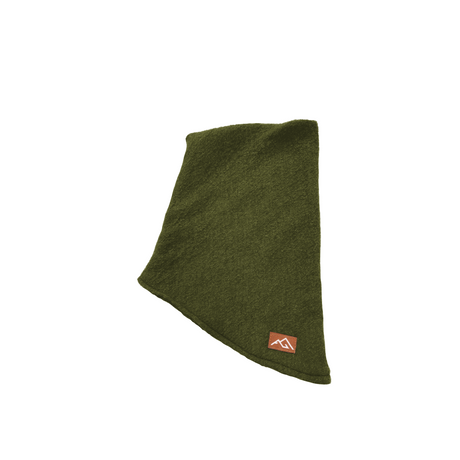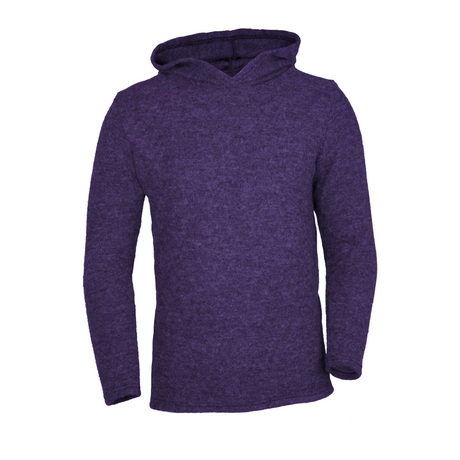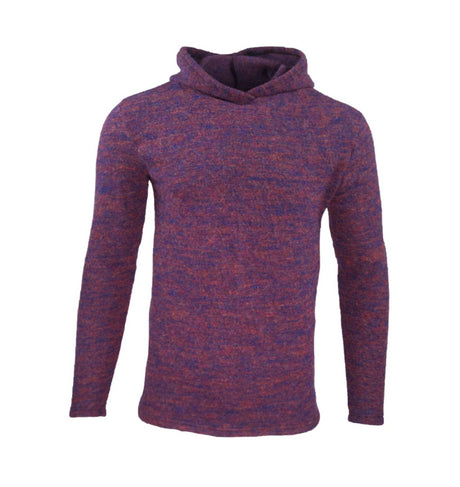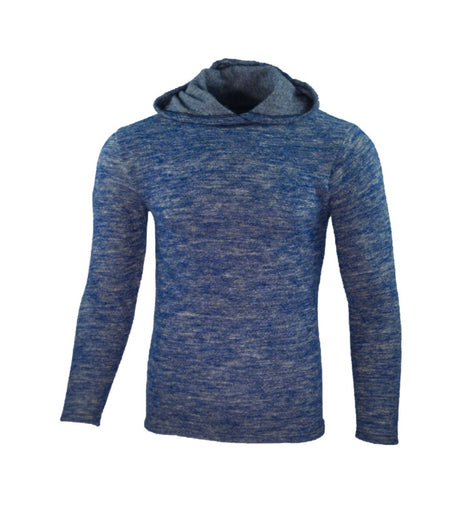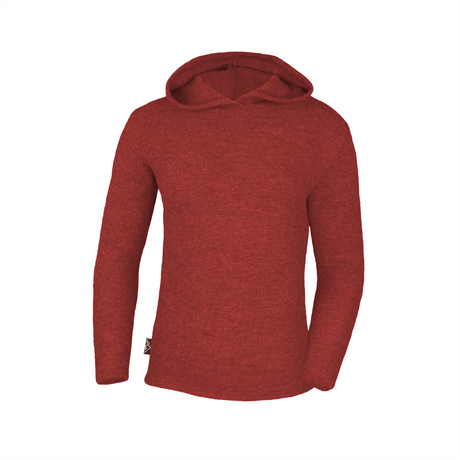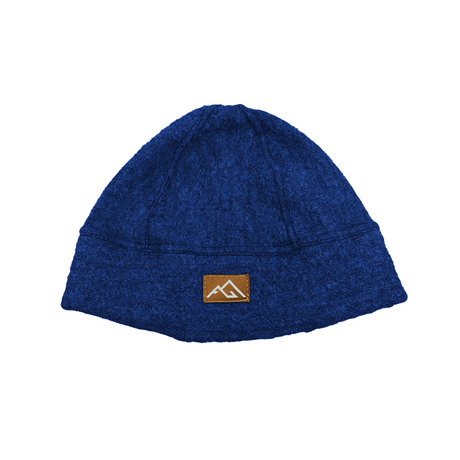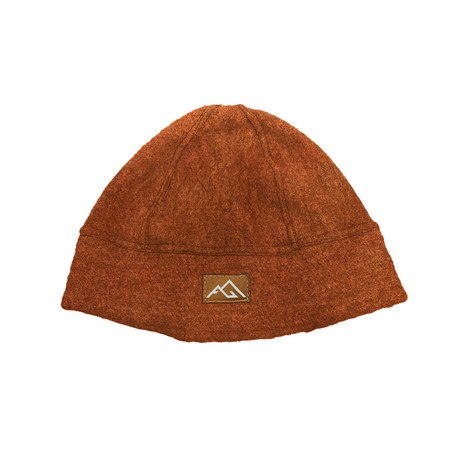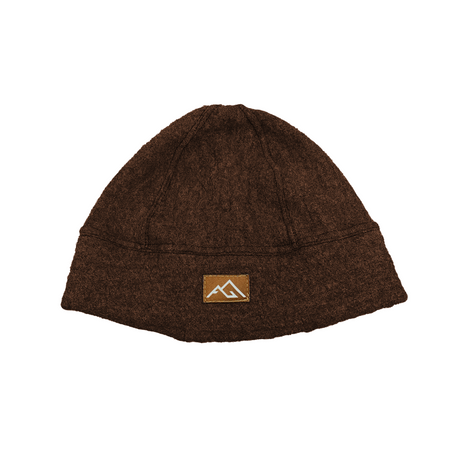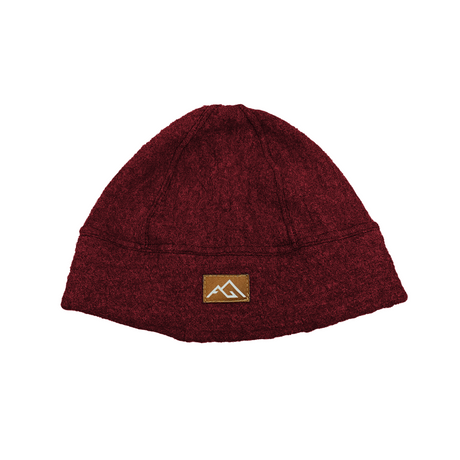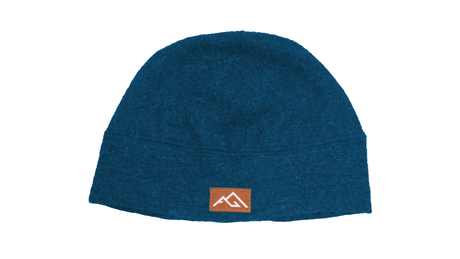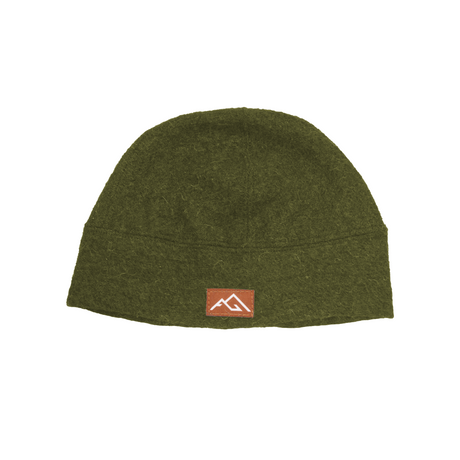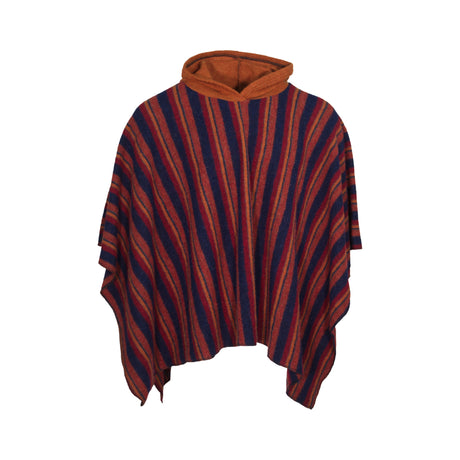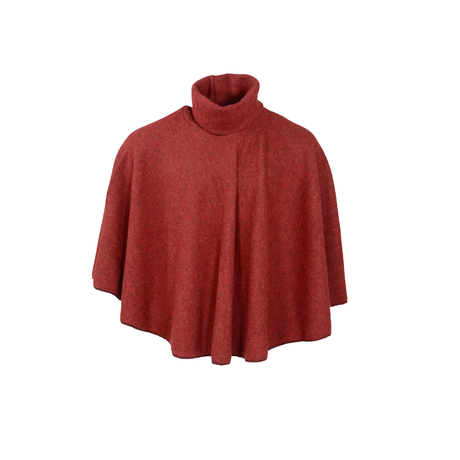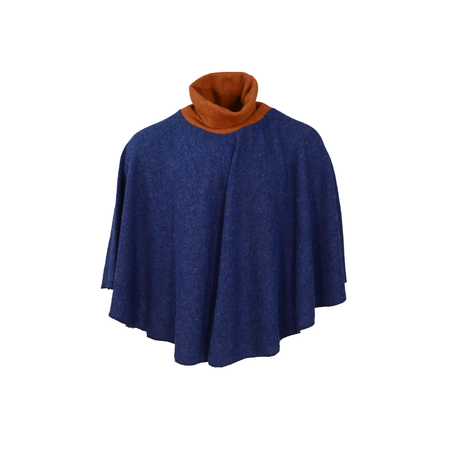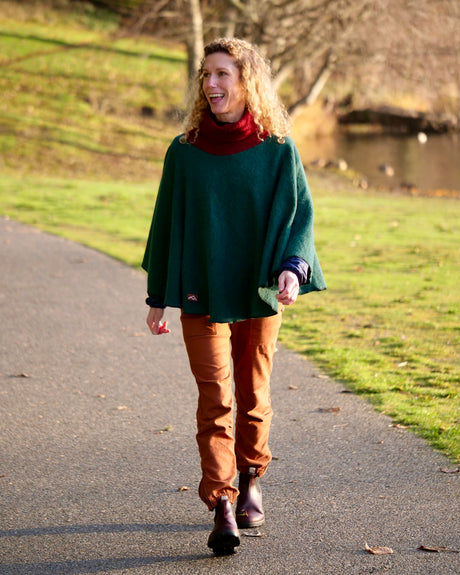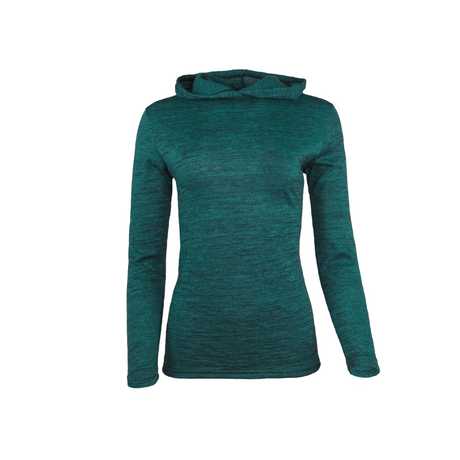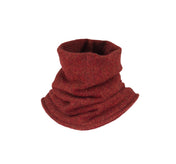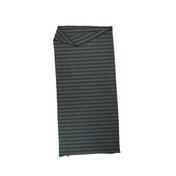You spent the summer peak bagging and squeezing in as many miles as possible before the inevitable first flake of snow begins to fall. Now you’re faced with the ultimate decision – do you hang up your boots for the season, or find ways to get out there for year-round adventures?
Between dressing for the cold, determining which traction devices to use, and figuring out how to properly plan for an all-day adventure, it can feel daunting to carry “hiking season” into the winter months. We’ve got you covered with the ins and outs of how to tackle any trail in one of the most beautiful times of year, and tips for keeping your trail legs strong and happy all season long.

Photo by Colleen Goldhorn
What To Consider When Planning A Winter Hike
- Trail Conditions & Traction Depending on each trail’s terrain, snow, ice, or a mix of the two could be anywhere from a dusting to a few feet deep. It pays to get accurate information about trail conditions before you head out, and to pack accordingly. We recommend calling local ranger stations and reading hikers’ comments on sites like AllTrails to stay abreast of current conditions.
- Weather Temperature isn’t the only thing hikers need to consider when choosing clothing for a winter outing. Wind speeds and precipitation also play a huge factor in how cold your body feels while hiking, and choosing the right clothing is essential to staying safe and ensuring your hike is enjoyable.
- Road Conditions With many trails located off the beaten path in remote corners of your state, it pays to be prepared for varying road conditions depending on recent weather and storms. Bare minimum, a shovel is always wise to keep in your trunk in case you get stuck in deep snow, but snow tires, chains, 4WD, and high clearance are needed to get to many trailheads in the winter. Pay attention to weather systems moving across your state, and check your local Department of Transportation for highway cams and the latest road conditions.

Photo by Colleen Goldhorn
Choosing The Right Gear
Temperature and trail conditions are by far the biggest things keeping hikers off the trails each winter. With a little help, we can help you stay warm and safe out on the trails all year long:
- How The Pros Pick A Layering System Investing in a proper layering system truly makes all the difference in the winter. Start with a base layer that wicks sweat and keeps you comfortable throughout your hike (hint, hoodies and crews are perfect for this). Base layers work best when they sit directly against your skin, so keep this layer as the first thing you put on. Next, add an insulating layer, like a down or synthetic puffy jacket, to keep you toasty warm throughout the day. Seal all that warmth inside by putting an outer layer shell on top that breaks the wind and keeps moisture out (we recommend a breathable material here, like Goretex). Finish off by adding hats, gloves, neck gaiters, and warm socks to keep you bundled up and warm throughout the day.
- Bringing The Correct Traction Is Key Aside from staying warm, the best way to ensure you have an enjoyable time – and maximize the amount of miles – on your winter hike is by bringing along the right traction device. A trail covered in deep snow will likely require snowshoes, but microspikes may do the trick on icy, packed down areas. If you’re unsure of trail conditions, it always pays to bring along both, and make a judgement call at the trailhead. Traction devices can dull out if worn on rocks, cement, or gravel, so if things start clearing up farther down the trail, be sure to bring along a backpack or some way to carry your gear so you can remove the traction from your shoes if needed.

Photo by Colleen Goldhorn
Winter Hiking Alternatives
Not into winter hiking? Lucky for you, there are multiple ways to keep your trail legs strong while you wait for the snow to melt off the trails.
- Nordic Skiing If you’re looking to get a maximum amount of miles in this winter, then nordic skiing may be for you. Unlike its much faster cousin, downhill skiing, nordic (or cross country) skiing is ideal for long winding trails and is perfect for those looking for a relaxing winter day on trail teamed with a killer cardio workout. We recommend honing your skills at a nordic center, then branching out to enjoy the seemingly endless network of snowy backcountry trails that crisscross the US.
- Snowshoeing Wanting to enjoy all your favorite summer trails decked out in the beauty of winter? Enter snowshoeing – all the joys of hiking with added flotation to prevent postholing and keep you walking above the snow. A pair of snowshoes can be a powerful tool in keeping you on trail and outdoors all winter long. The best part? Many hikers retreat to the warmth of the indoors once there’s snow on the ground, but snowshoes can help you access popular trails and iconic locations without the summer crowds.
From unique snow-covered scenery to reduced crowds, there are countless advantages to carrying hiking season into the winter months. With the right clothing, gear, and preparation, hiking in the winter can be an extremely enjoyable and fulfilling adventure, and one that all hikers should strive to experience during the snowy months. Have fun, be safe, and happy hiking!



